I conducted IQ test on the same group (100 students) over 5 five years. like:
In 2005, Jack's IQ is 100, Amy' IQ is 99, John...
in 2006, Jack's IQ is 105, Amy' IQ is 95, John...
...
I want to estimate the density of IQ in different years. And plot the density lines of different years in one chart. Here is some data example.
year2005<-rnorm(100,100,2)
year2006<-rnorm(100,98,1)
year2006<-rnorm(100,101,4)
How can I draw them like the following chart?

above is the 2D chart. It is very difficult to read the trend between years beacuse I have to know red is 2016 and black is 2015. And there is no difficult with 3D and this is the reason I insist in 3D


